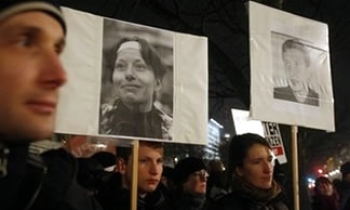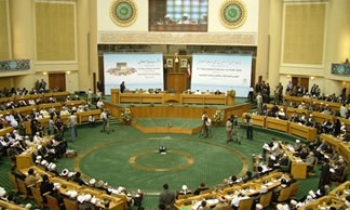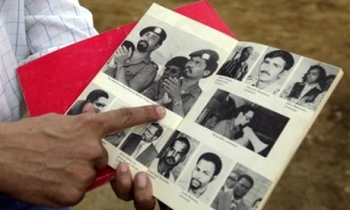NEW DELHI, August 1: With the single largest selling magazine in the country being in a "vernacular" language, the contention that regional language publications are a step-child does not cut ice anymore. But perils are there, and this threat is posed not by linguistic biases, but by the burgeoning newspaper industry.
The point was raised during the session "The changing business model as seen by Indian language publishers and editors". Paresh Nath, president of the Association of Indian Magazines and editor and publisher of the Delhi Press Group, dwelt on the issues, while chairing the session. Most of Nath's own publications, though resoundingly successful, are in Hindi.
Earlier, newspapers would remain by and large confined to the big cities, and magazines would rule the roost in smaller towns. But with dailies now being published (especially the multi-city ones) from every nook and corner of the country, the space that was hitherto dominated by magazines is now being treaded upon by newspapers, Nath said.
Nath indicated that it would be the general interest magazines that were likely to be harder-hit in such a scenario. He also rued the fact that there are very few niche or specialty magazines in regional languages. B2B magazines are just as few as well to be found in this realm, Nath commented.
B Srinivasan, joint managing director of Anand Viketan, subsequently spoke at length on the course charted out by his group of publications. He said despite raising the price from Rs 3.50 to Rs 8 over the years (a 230 per cent increase), the circulation had gone up by a whopping 86 per cent (over the same timeframe) and the magazine is now the largest-circulated Tamil weekly. The reasons, for this, he revealed were unbiased views, loads of leisure and gossip, emotional writing, and innovations. Ananda Vikatan had recently created waves in the state when it gave 3D glasses to its readers to view 16 pages of specially created images.
Among the internal challenges facing his and other language publications, Srinivasan was of the view that promotion of magazines now entailed phenomenal costs. He regretted the laggard market information that was available, and stressed on the need for motivation and retention of key staff. Srinivasan also emphasised the necessity of coping with the inertia that is plaguing the publishing industry by understanding new platforms, scaling up content, and catching up with technology.
Srinivasan also did not feel the need to be constrained by the cover price. It was a strategically thought-out plan of his organisation to keep increasing the cover price of the magazine over the years. The ideal situation, he said, is when the proceeds from the cover price take care of your fixed and variable costs. Thereafter, the revenue generated from advertising becomes the icing on the cake.
He went on to stress the importance of focusing on feedback from readers as well as tracking down consumers. With magazines increasingly becoming like fast moving consumer goods, he said stores now offered less shelf space to magazines. There is no distributor loyalty, he pointed out, and there is an imperative requirement of having IT-enabled management information systems (MIS) so as to track purchasing and reading habits of consumers in real time.
Madhumita Chattopadhyay, general manager, Bengali publications, ABP group, felt with the character of reading itself changing drastically over the years, magazines and newspapers are becoming more sectionalised since surfing through content is more like browsing through a menu. Magazines have to think more of themselves as brands, and have to move beyond just print. A magazine, in itself, will not be enough; it has to be a "magazine plus something," she said.









